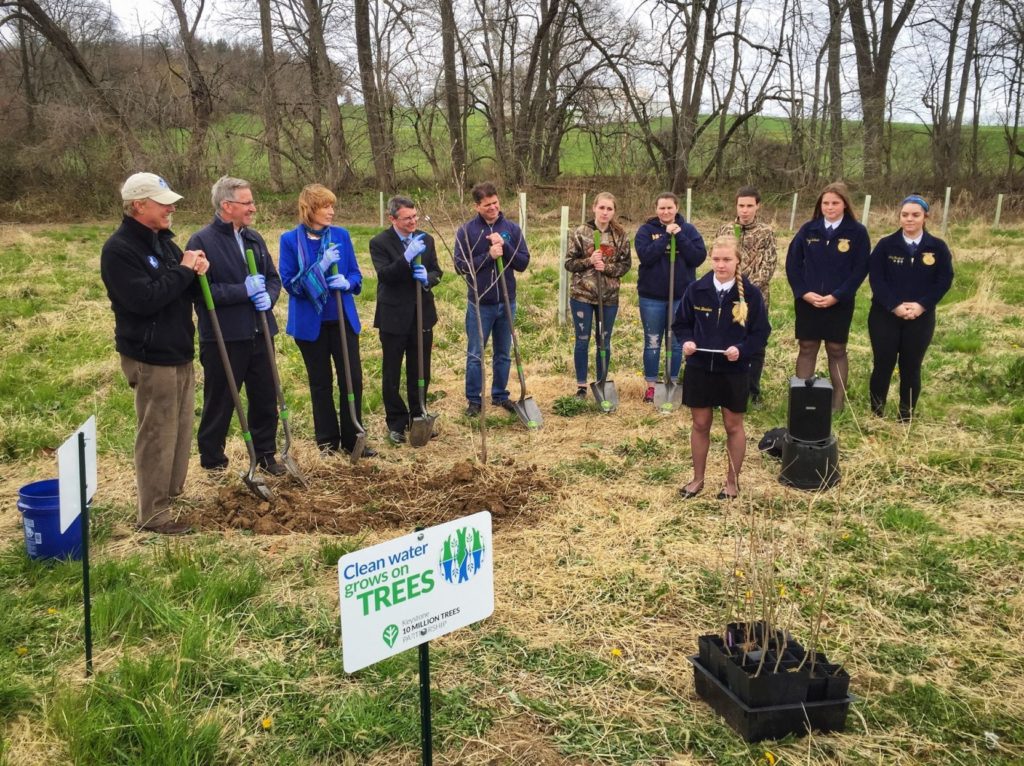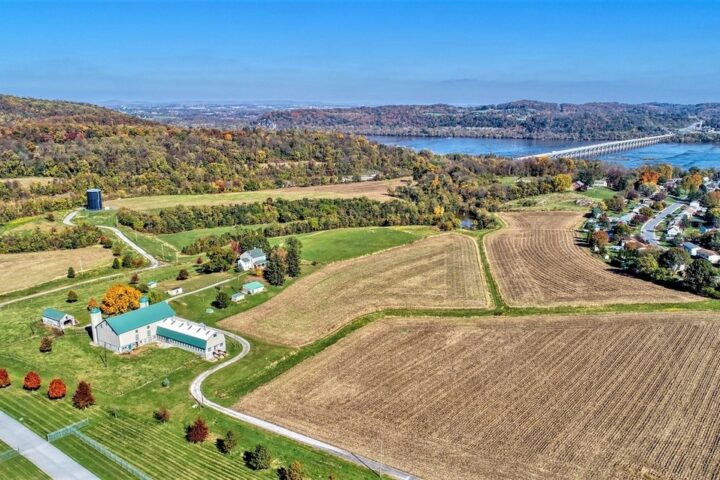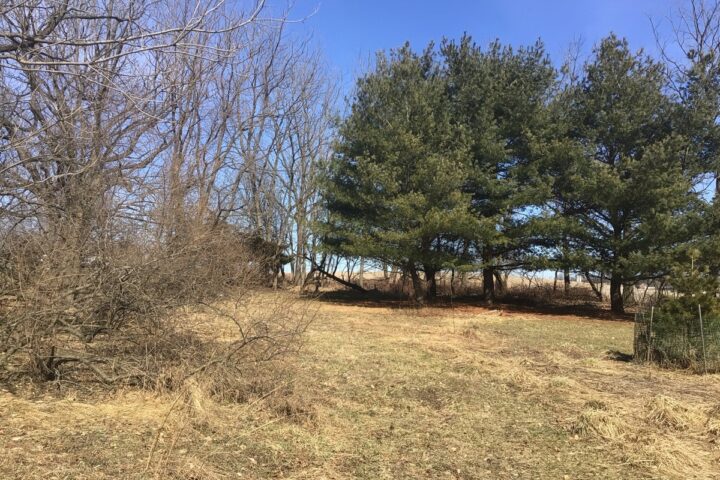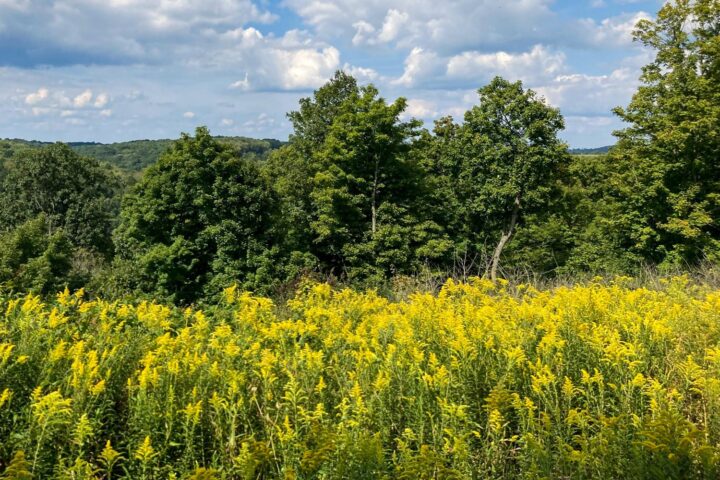On Tuesday, national, state, and local partners gathered on a Lancaster County farm for the announcement of one of Pennsylvania’s most ambitious, collaborative, and challenging efforts: the planting of 10 million trees by the end of 2025.
Through the end of April, the Keystone 10 Million Trees Partnership will plant more than 31,000 trees at over 50 locations throughout the state. The Partnership is a collaborative effort of government agencies, conservation organizations, watershed groups, outdoors enthusiasts, and businesses. The Chesapeake Bay Foundation (CBF) coordinates the effort.
“The old proverb ‘it takes a village’ is certainly true for restoring Pennsylvania’s rivers and streams,” said CBF President William C. Baker. “The Commonwealth is significantly behind in meeting its pollution-reduction commitments, and the Keystone 10 Million Tree Partnership will accelerate efforts to close that gap.”
About 100 conservationists, including three state cabinet secretaries and the Region III administrator of the U.S. Environmental Protection Agency, met on Garber Farm in Manheim for the official launch of the Partnership and a tree planting in a streamside buffer along Little Chiques Creek.
“EPA applauds the efforts beginning here today by our partners in retaining and expanding forests throughout the watershed,” said EPA Regional Administrator Cosmo Servidio. “It’s appropriate that this kickoff occurs between Earth Day and Arbor Day since this effort will help to keep our local waterways and the Chesapeake Bay clean. From filtering out pollutants to absorbing stormwater and preventing erosion, planting a tree is one of the most impactful conservation practices anyone can do.”

Photo: Dan Marschka/LancasterOnline
Roughly 19,000 miles of Pennsylvania’s rivers and streams are impaired by polluted runoff and the legacy of coal mining. Trees are the most cost-effective tools for cleaning and protecting waterways by filtering and absorbing polluted runoff, stabilizing streambanks, and improving soil quality.
“When we look at solutions for some of our conservation challenges such as managing stormwater from very heavy rain events, having clean drinking water, and providing habitat for fish and wildlife, it turns out that trees are the answer,” Department of Conservation and Natural Resources Secretary Cindy Adams Dunn said. “We are excited to work with the Chesapeake Bay Foundation and many other partners on this movement to plant trees along streams and in communities across Pennsylvania.”
Pennsylvania’s Clean Water Blueprint calls for about 95,000 acres of forested buffers to be planted in Pennsylvania’s portion of the Chesapeake Bay watershed. Adding 10 million new trees alongside streams, streets, and other priority landscapes would accelerate the Keystone State toward its clean water goals, achieving as much as two-thirds of the 95,000-acre goal.
“A farm is the perfect place to kick off this initiative,” Department of Agriculture Secretary Russell Redding said. “Prosperous farms and a safe, abundant food supply depend on clean water, and a clean water supply depends on strategic farm management practices like forested buffers. Pennsylvania’s farmers are key to clean water for our region and we are pleased to support them as stewards of our resources.”
The partnership is placing special emphasis on plantings in Lancaster County and four others in south-central Pennsylvania. Those counties are critical because of the amount of nitrogen pollution generated and that local stream impairment and overall loss of trees along streams and streets is where greatest need meets greatest opportunity.




